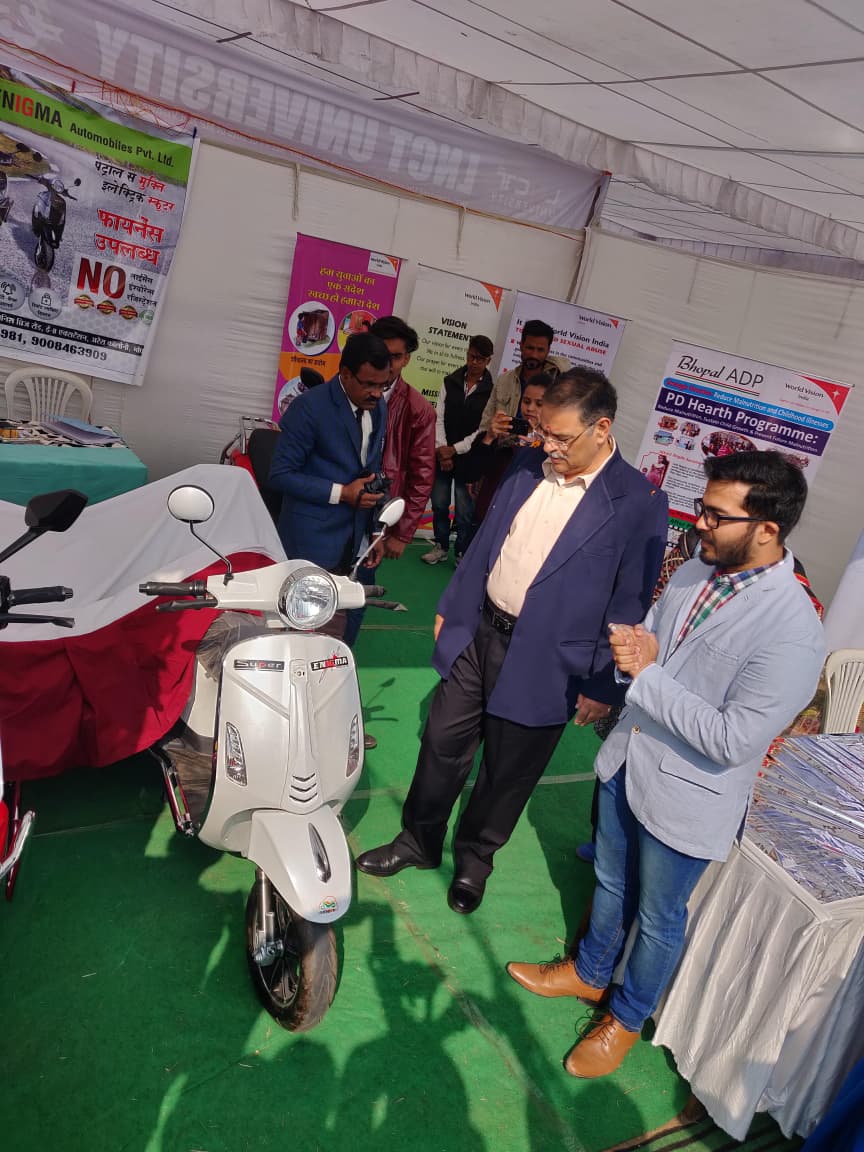
Charging rollout vs. demand: are public chargers keeping pace for two-wheelers?
Charging rollout vs. demand: are public chargers keeping pace for two-wheelers?
India’s public charging infrastructure has expanded rapidly in the last few years, but the growth is uneven and constrained by geography and charger type. National guidelines and state initiatives provide a roadmap for clusters, but data shows a concentration of chargers in metros and highways with gaps in secondary cities and peri-urban areas. For two-wheelers, slow AC chargers can suffice for overnight/home top-ups, but fast public AC/DC points matter for fleets and riders who cannot charge at home.
Numbers and scale: national dashboards and industry trackers indicate tens of thousands of public charging points, but the operational readiness and distribution matter. Actual usable public infrastructure for two-wheelers, low-power AC points, dedicated scooter chargers, and depot chargers lags where demand is rising fastest (delivery hubs, market zones). The mismatch is more acute for fleet operators who need high-throughput depot solutions rather than sparse roadside chargers.
Policy framework & incentives. The Ministry of Power’s consolidated EVCI guidelines and state EV policies outline citing norms, land-owner partnerships, and grid connectivity standards to accelerate public charging. Schemes tying subsidies to depot charging and FAME-style incentives for high-utilization fleets can bridge the chicken-and-egg problem, but timely disbursal and clear procurement processes remain essential.
Tech choices: AC vs DC and the rise of low-cost slow chargers. For most two-wheelers, 3–6 kW AC chargers are cost-effective and adequate for overnight top-ups; DC fast charging for two-wheelers is less widespread because pack and connector standards differ and economics favor swapping/depot charging for fleets. A layered approach home/office charging, dense depot charging for fleets, and targeted public fast chargers is emerging as optimal.
Financing and rollout models. Public-private partnerships, CPO (charging point operator) commercial models, and capex support for HT connections at depots are necessary. Local governments can accelerate rollout by granting priority land for depot chargers and simplifying HT approvals; utilities must prepare for clustered demand at fleet depots. Case studies show cities that coordinate land, grid and permitting see faster deployments.
Bottom line. India has the blueprint and growing stock of chargers, but matching charger type, density and location to two-wheeler usage patterns, especially fleets, is the next critical stage. Strategic depot investments, policy clarity and targeted incentives for last-mile hubs will determine whether public infrastructure becomes an enabler or a bottleneck for mass two-wheeler electrification.




